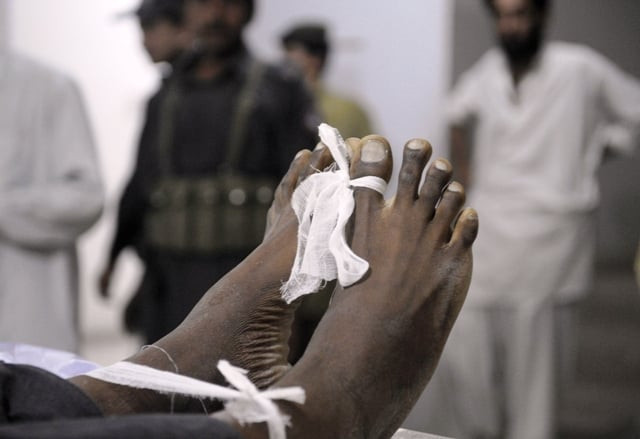Bodies and blood
The bodies that continue to turn up in towns across Balochistan represent a tragedy we have ignored for far too long.

This brings us to a crucial question. Why has there been so much indifference in the country to the situation in Balochistan? Within that province, anger runs high. It exists even among school children and ordinary housewives. International, as well as local, human rights monitoring bodies have repeatedly drawn attention to the atrocities in Balochistan. The reports have been seething and make no bones about the forces they believe are involved in Balochistan. But why, we need to ask, do our own authorities seem so unmoved? Why have visits by the prime minister and the president to Quetta failed to produce any tangible results and why is the provincial government, elected by people, able to do so little? Who, we ask, has control over the affairs of Balochistan; who is actually running the province and where are things headed? At the very least, a credible inquiry should be conducted to find out who is behind the killings.
These queries are not being asked often enough. They have certainly not entered the realm of mainstream thinking in the country or been taken up by television anchors who act increasingly to shape opinion and set the agenda for news. Yet everything about our history indicates we need to look at Balochistan with a far more proactive approach. The events in what was once East Pakistan must not be forgotten. The miniscule population size of Balochistan means these events have not yet been repeated, at least on a full scale. But who knows what the future will hold, and what may yet happen in a province where bodies strew the streets like fallen fruit.
Published in The Express Tribune, November 5th, 2011.














COMMENTS
Comments are moderated and generally will be posted if they are on-topic and not abusive.
For more information, please see our Comments FAQ